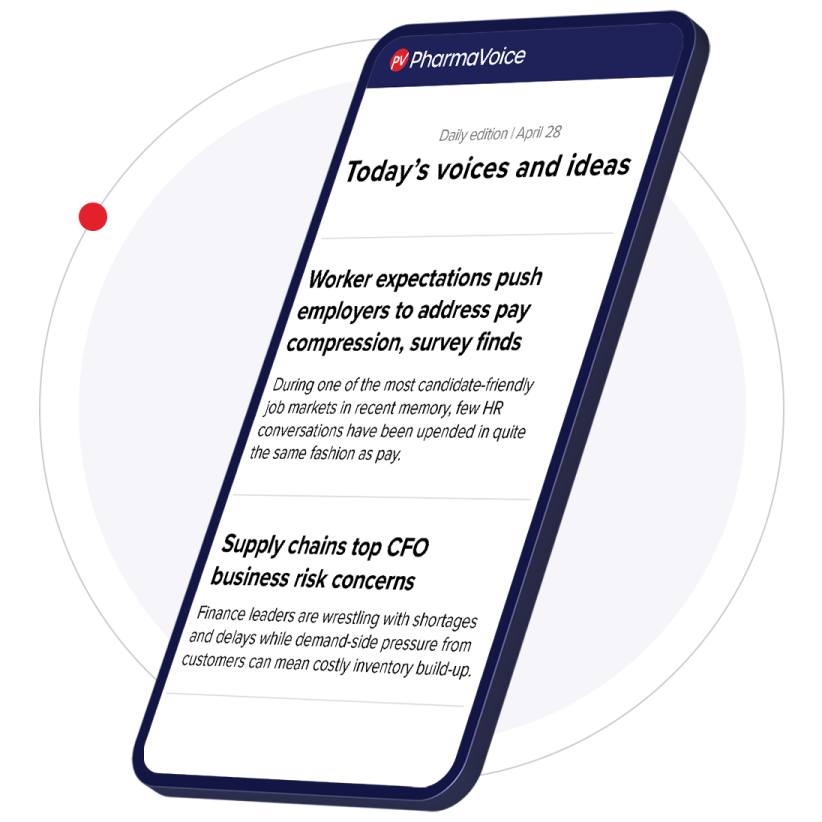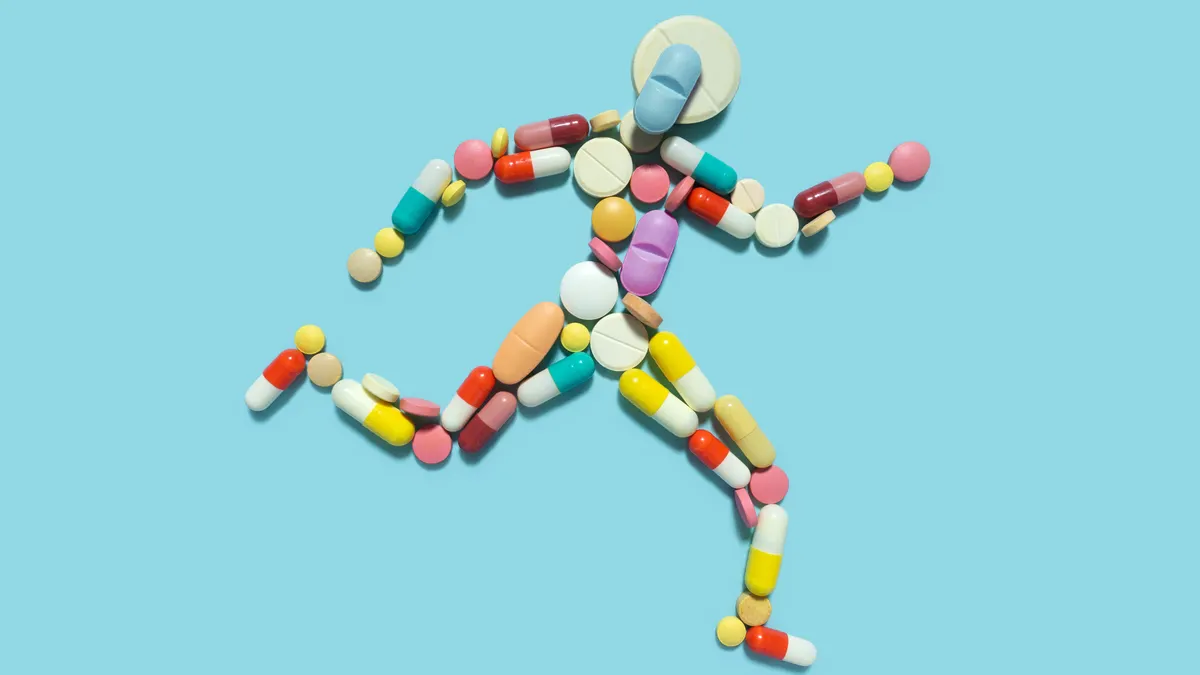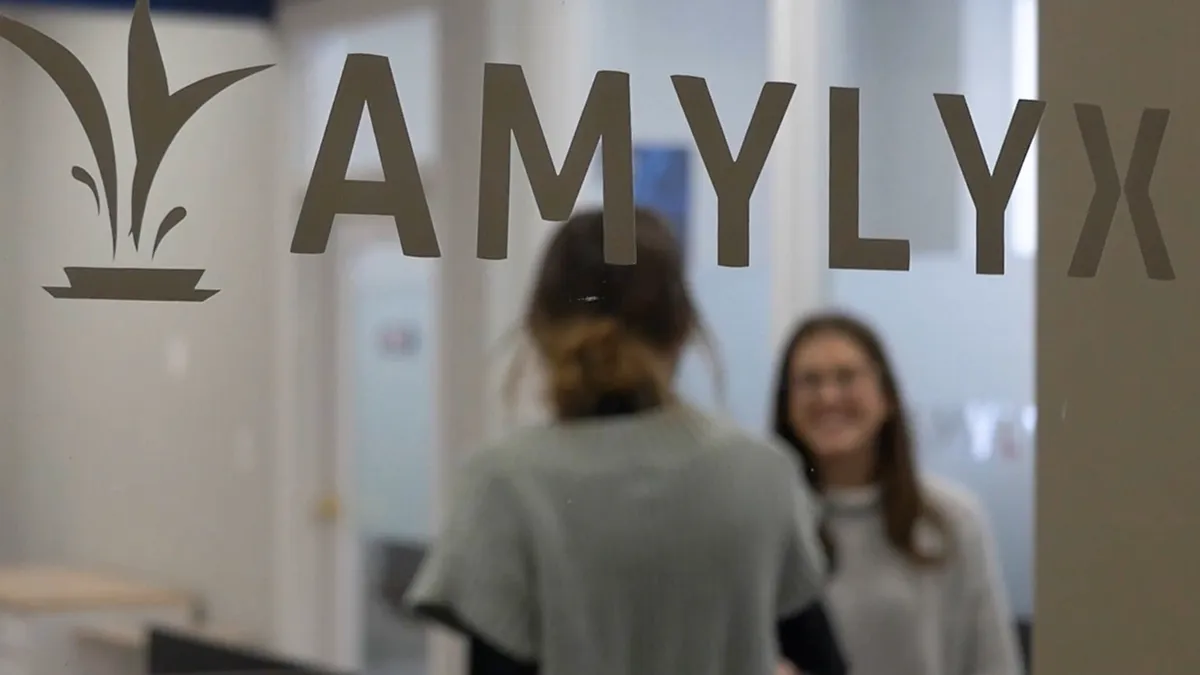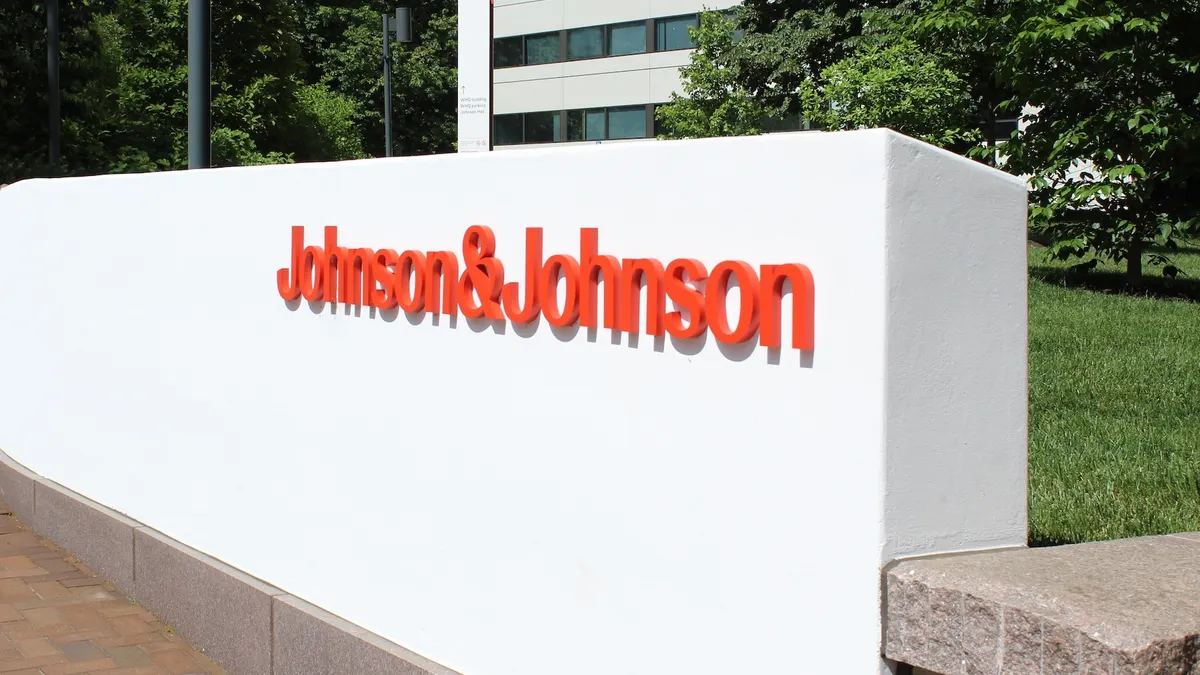While the U.S. abruptly backs out of commitments to fund early research at the National Institutes of Health, fruits of prior funding are still contributing to the nation’s leading role in lifting the science that eventually makes its way into biopharma’s innovation machine.
Recent studies showcase the advances being made at lab benches around the world by scientists who depend on grants and awards from the NIH. That research drives not only the advancement of health and well-being, but also the U.S. economy.
Here are some studies from just the last couple of weeks — all funded in part by the NIH — that could advance the biopharma industry by enhancing valuable products already on the market from mRNA to obesity.
A new way to mRNA
The mRNA revolution, many years in the making, revved up a few notches with the quick and unprecedented introduction of vaccines to combat the raging COVID-19 pandemic. Companies like Pfizer, BioNTech and Moderna solidified a perch on the biopharma podium for that fleeting moment, raking in billions in profit.
Despite the lofty goals and ongoing development programs since the pandemic, mRNA technology hasn’t become the industry workhorse it once promised to be. From political backlash to clinical stumbles, progress has stalled as the world awaits the next big mRNA push.
Meanwhile, scientists are working diligently to improve the original formula that makes mRNA successful at introducing genetic material for an antibody response, whether that’s prophylactic like a vaccine or therapeutic like a cancer treatment. And researchers at the University of Pennsylvania have developed a chemistry hack that could take some of the pain out of the shots, potentially lowering the bar for uptake in an already wary population.
The lipid nanoparticles that house mRNA fragments have historically been designed by constructing one compound from two parts — “much like two halves of a sandwich coming together,” according to a recent UPenn article.
The team of engineers added a third component to create a more diverse set of lipid nanoparticles, and from there they found a chemical ring called a phenol group that reduced the number of extra molecules floating around after a shot, dampening the inflammation that causes achy arms and the next-day slog.
What’s more, the researchers showed in animal models that the immune response from the altered lipid nanoparticle recipe resulted in a five-fold improvement in immune response, according to a study published in the journal Nature Biomedical Engineering. The research was funded in part by the NIH.
“By essentially changing the recipe for these lipids, we were able to make them work better with fewer side effects,” said the paper’s senior author, Michael Mitchell, an associate professor in bioengineering at UPenn. “It’s a win-win.”
Mitchell and his research team — as well as study co-author and mRNA pioneer Drew Weissman — hope the new recipe for mRNA housing units can bring the technology into a new phase of readiness for biopharma innovation.
A GLP-1 boost
The weight loss benefits of GLP-1 drugs have opened the floodgates to a new world of pharmaceutical innovation — and profit. Billions of dollars have poured into the industry over the last few years as companies like Eli Lilly and Novo Nordisk ramp up efforts to get their diabetes and weight loss medications to as many patients as possible.
Determining root causes of obesity by understanding genetic factors in young patients could help pinpoint who is at risk of gaining weight, allowing for earlier intervention.
A new genetic test developed by researchers at the University of Copenhagen in Denmark and England’s University of Bristol uses certain risk factors to create a polygenic risk score that could explain about 17% of a person’s body mass variation. The new method is twice as effective as previous methods, according to the University of Bristol.
“Obesity is a major public health issue, with many factors contributing to its development, including genetics, environment, lifestyle and behavior,” said Kaitlin Wade, one of the authors of the paper and an associate professor of epidemiology at the University of Bristol. “These factors likely vary across a person's life, and we believe that some of these originate in childhood.”
Drugmakers like Lilly and Novo might not reach more patients directly through a genetic test, but understanding the path to obesity could help them develop more effective treatments.
And while the pharma giants seek new formulations for shots like Ozempic and Mounjaro to meet patients’ needs, academic researchers are also on the case. A Stanford University materials scientist and bioengineer has developed a hydrogel that can potentially allow an injected GLP-1 to last longer in the body with the same effect. The hydrogel kept drug levels steady in rats for six weeks without breaking down. Normally, GLP-1s are taken daily or weekly.
The hydrogel has water-like properties and a jelly-like consistency, allowing it to flow through an injector needle like a liquid but then form into a “blob” in the body, releasing the drugs tirzepatide or semaglutide over time, said Stanford’s Eric Appel, an author of the study, in a Science News article.
Appel has licensed the technology after animal studies in hopes of bringing it to the clinic. While hydrogels have been used in drug delivery for this purpose over years, their potential application to GLP-1s could make the patient experience easier to maintain, especially as dropoffs have become more prevalent.
















